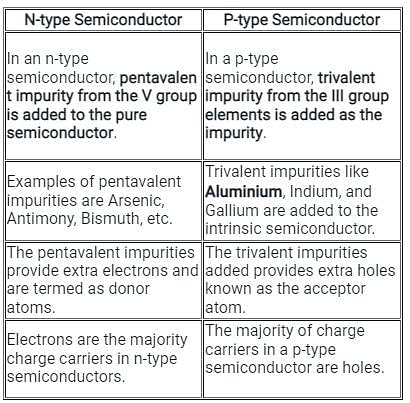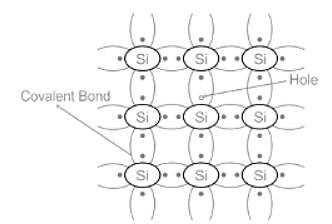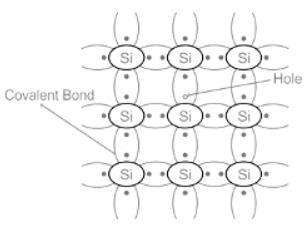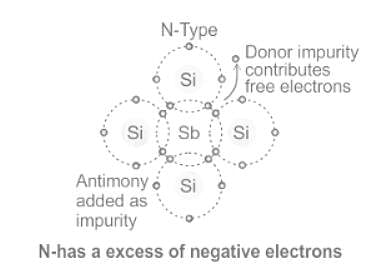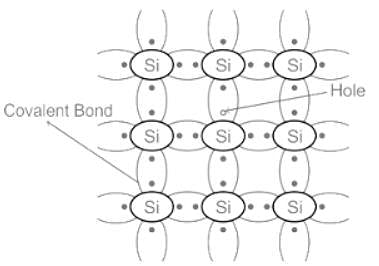Electronics and Communication Engineering (ECE) Exam > Electronics and Communication Engineering (ECE) Tests > GATE ECE (Electronics) Mock Test Series 2025 > Test: P-Type Semiconductor - Electronics and Communication Engineering (ECE) MCQ
Test: P-Type Semiconductor - Electronics and Communication Engineering (ECE) MCQ
Test Description
5 Questions MCQ Test GATE ECE (Electronics) Mock Test Series 2025 - Test: P-Type Semiconductor
Test: P-Type Semiconductor for Electronics and Communication Engineering (ECE) 2025 is part of GATE ECE (Electronics) Mock Test Series 2025 preparation. The Test: P-Type Semiconductor questions and answers have been
prepared according to the Electronics and Communication Engineering (ECE) exam syllabus.The Test: P-Type Semiconductor MCQs are made for Electronics and Communication Engineering (ECE) 2025 Exam. Find important
definitions, questions, notes, meanings, examples, exercises, MCQs and online tests for Test: P-Type Semiconductor below.
Solutions of Test: P-Type Semiconductor questions in English are available as part of our GATE ECE (Electronics) Mock Test Series 2025 for Electronics and Communication Engineering (ECE) & Test: P-Type Semiconductor solutions in
Hindi for GATE ECE (Electronics) Mock Test Series 2025 course. Download more important topics, notes, lectures and mock
test series for Electronics and Communication Engineering (ECE) Exam by signing up for free. Attempt Test: P-Type Semiconductor | 5 questions in 15 minutes | Mock test for Electronics and Communication Engineering (ECE) preparation | Free important questions MCQ to study GATE ECE (Electronics) Mock Test Series 2025 for Electronics and Communication Engineering (ECE) Exam | Download free PDF with solutions
Test: P-Type Semiconductor - Question 1
Which of the following can be used in the fabrication of p-type semiconductor?
Detailed Solution for Test: P-Type Semiconductor - Question 1
Detailed Solution for Test: P-Type Semiconductor - Question 2
Detailed Solution for Test: P-Type Semiconductor - Question 3
*Answer can only contain numeric values
Test: P-Type Semiconductor - Question 4
A sample of GaAs doped with NA = 1017 cm-3. For GaAs intrinsic concentration is n = 2.2 × 106 cm-3, mobility of electron is μn = 5300 cm2/V-sec, and mobility of hole is μp = 230 cm2/V sec.
If the sample is illuminated such that the excess electron concentration is 1016 cm-3. What will the conductivity [in (Ω-cm)-1] of this sample, when the light is ON?
Detailed Solution for Test: P-Type Semiconductor - Question 4
Detailed Solution for Test: P-Type Semiconductor - Question 5
|
25 docs|263 tests
|
Information about Test: P-Type Semiconductor Page
In this test you can find the Exam questions for Test: P-Type Semiconductor solved & explained in the simplest way possible.
Besides giving Questions and answers for Test: P-Type Semiconductor, EduRev gives you an ample number of Online tests for practice


